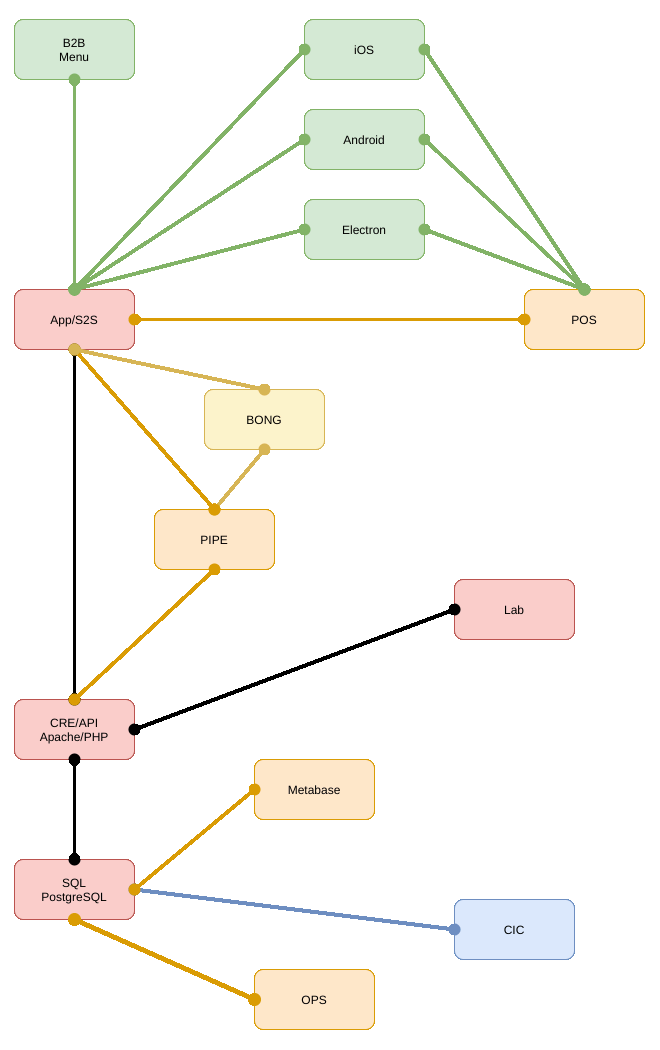Transparent & Trusted
An open-source based solution provides greater transparency and increased trust compared to closed-source solutions.
The open-source code of the OpenTHC system provides improved security.
This model allows all integrating service providers a better understanding of the system.
Of course, open-source code doesn't mean open data.
In fact, open-code improves data security and puts the agency in complete control.
Tested
Improved system testing, over and above what our closed source competitors can offer.
These tests allow government agencies and their constituents to prove to themselves, and each other, the system works as intended.
Customizable
The OpenTHC solution is fully customizable.
For common, agency specific, customizations or rule implementation the system we provide existing middle-ware.
Additionally, the agency can create their own middle-ware with just a few lines of code.
If more in-depth modifications are necessary, well, the entire functionality is at your disposal.
Lower Total Cost of Operation (TCO)
Open-source systems have a proven lower total cost of operation/ownership.
It's not simply savings on the cost of software; although there is some benefit there.
The real benefits are that this type of system can be deployed by existing staff, on existing infrastructure.
Deployment can be completed in days, not weeks or months.
Additionally, when modifications must be made (and they will) these changes can be implemented by existing staff.
Of course, in a pinch, an agency could also reach out to their other, already approved, technology providers.
OpenTHC also offers consulting and engineering support services as well.
Solution Components
The OpenTHC solution is built on a suite of software components.
The Compliance Reporting Engine or CRE is the primary data-store and interface, everything else plugs in here through a well documented API.
This core system is used to drive the primary Application as well as the CRM, Laboratory / QA, Ops and Reporting components.
Each component is easily modified to agency specific requirements through simple Middle-ware.
These middle-ware scripts can be used to extend OpenTHC is nearly infinite ways.
From simple rule enforcement or metrics reporting to more complex types of SSO/SAML integration.
This solution uses entirely open-source components is easy to setup and maintain and easily customizable.
Deploy
OpenTHC is very simple for deployment into a government environment.
Typical deployments are done on redundant systems, for high availability.
OpenTHC can also be hosted in your favourite cloud, or virtual-private-server service provider such as Amazon, Azure, GCS, Linode, Digital Ocean, etc.
This deployment is a fairly simple process, more technical details are provided in the CRE codebase.
Customization
Customization of the system can be performed by either agency staff, their preferred technology service provider or OpenTHC community members.
Much of the customizaiton is done through simple Middleware and number of existing, and example libraries are provided.
Maintenance
Not much maintenance is required, software wise.
As rules change, Middleware would need to be updated.
Updates to OpenTHC core components and libraries would need to be performed on a periodic basis.
